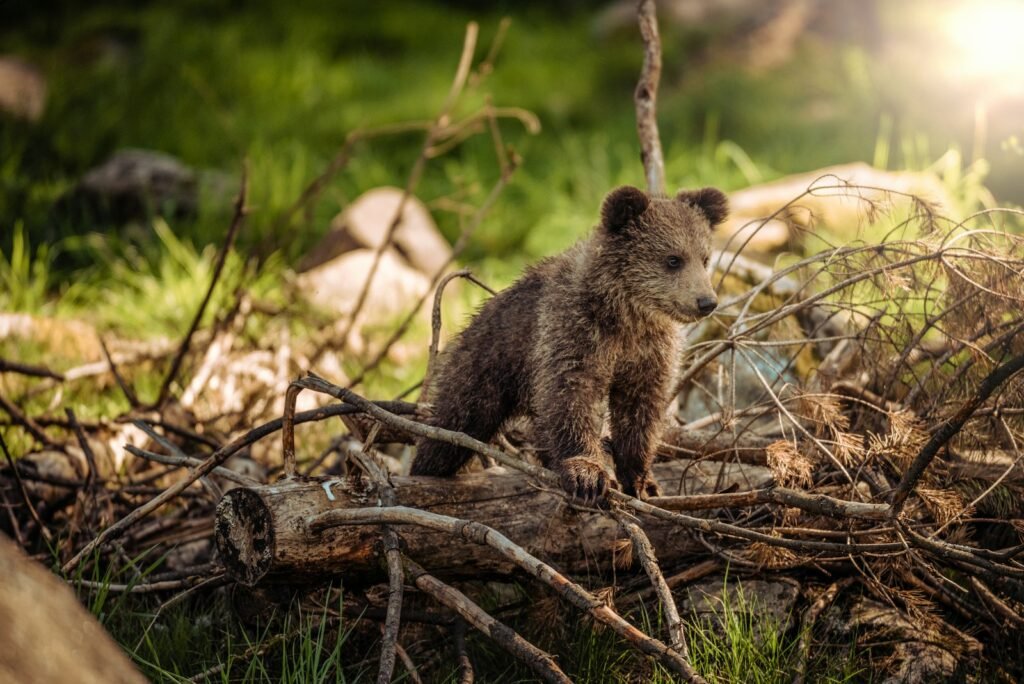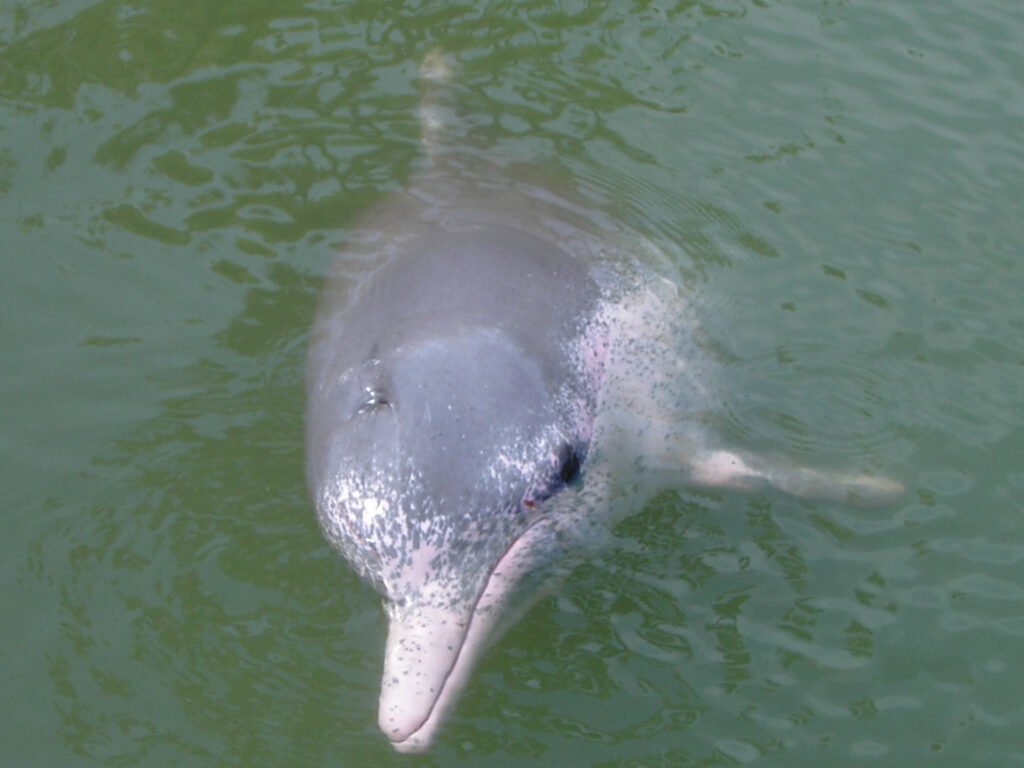The sun rises over the Gulf Coast, glinting off shimmering waters and marshy flats—land once fiercely guarded by a people who have haunted the imagination of Texans for centuries. The Karankawa, mysterious and misunderstood, have been called “cannibal warriors,” inspiring both terror and fascination since the first European ships landed on their shores. But who were these people, really? Were they the monsters of legend—or victims of myth spun by outsiders who couldn’t understand their world? The true story of the Karankawa is far more captivating, tragic, and complex than most realize. Step into the tangled reeds of history and legend, and discover the real Karankawa: guardians of the coast, survivors of the wild, and symbols of resilience whose legacy still echoes today.
The Land and Lifeways of the Karankawa
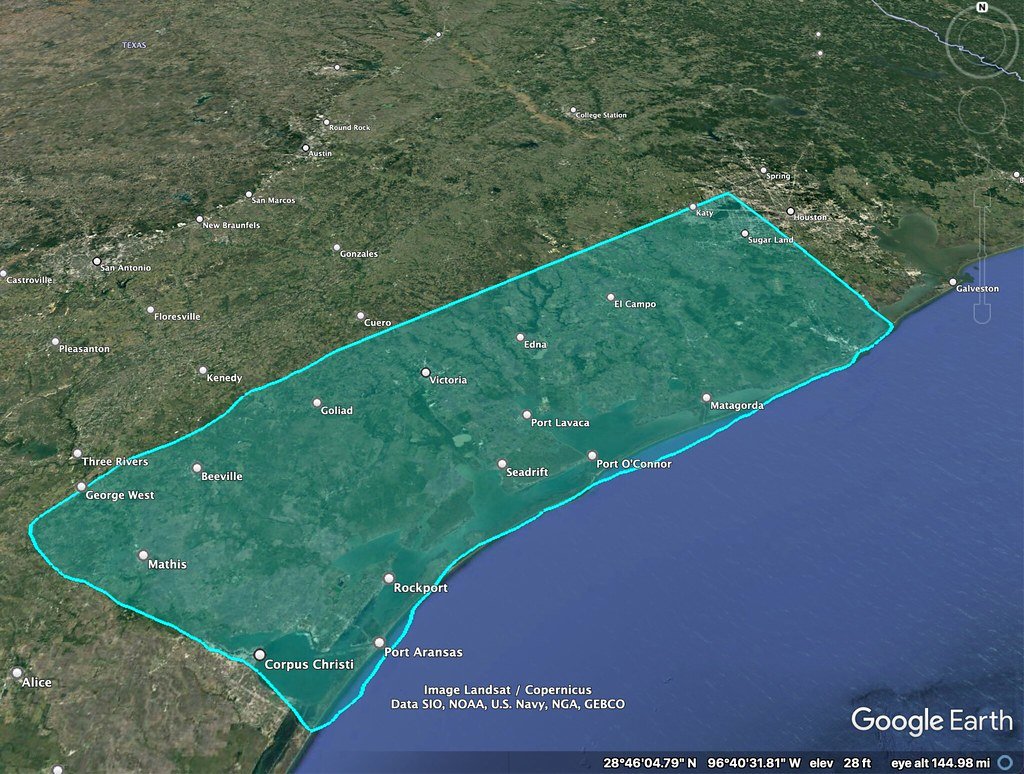
Stretching along the Texas Gulf Coast, from Galveston Bay down to Corpus Christi, the Karankawa inhabited a wild, windswept world of salt marshes, barrier islands, and tidal lagoons. Their environment was both a gift and a challenge, offering endless seafood, waterfowl, and wild plants, but also demanding constant adaptation to stormy weather and shifting shorelines. The Karankawa became masters of this land, moving with the seasons in search of food and shelter. They traveled in small bands, living lightly on the land and making ingenious use of dugout canoes for fishing and transport. The coast offered them oysters, clams, turtles, and the abundant mullet that flashed through coastal waters. Their deep connection to the rhythms of nature was both practical and spiritual, as every storm and sunrise shaped their traditions.
Physical Appearance and Fierce Reputation
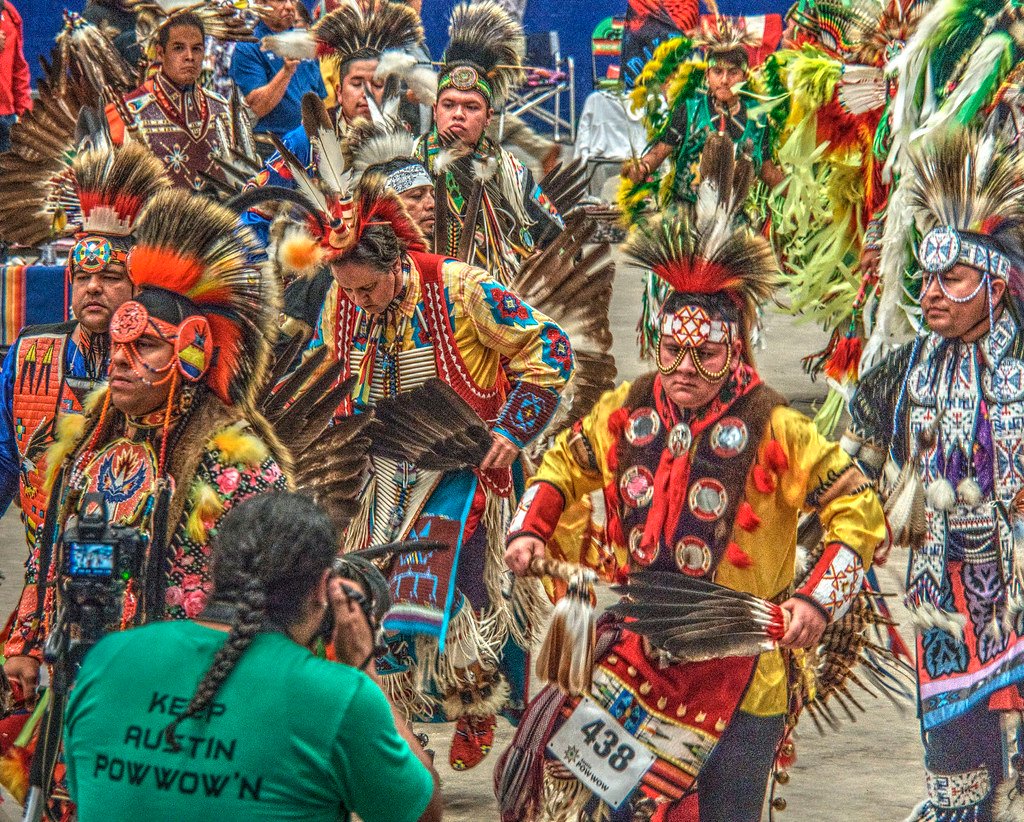
To outsiders, the Karankawa looked striking and even intimidating. They stood tall—often six feet or more—far above the average height of their European visitors. Men and women alike covered their bodies in tattoos and painted themselves with bright ochre or charcoal, partly for protection from mosquitoes and partly for ceremonial pride. They pierced their lips and nipples, adorned themselves with shells and bones, and carried bows nearly as tall as themselves. This bold appearance, coupled with their skill as archers and warriors, led to stories of their ferocity spreading quickly. Their physical presence was not only a matter of genetics, but a reflection of their hardiness, honed by life in a harsh coastal world.
Diet: Fact and Fiction
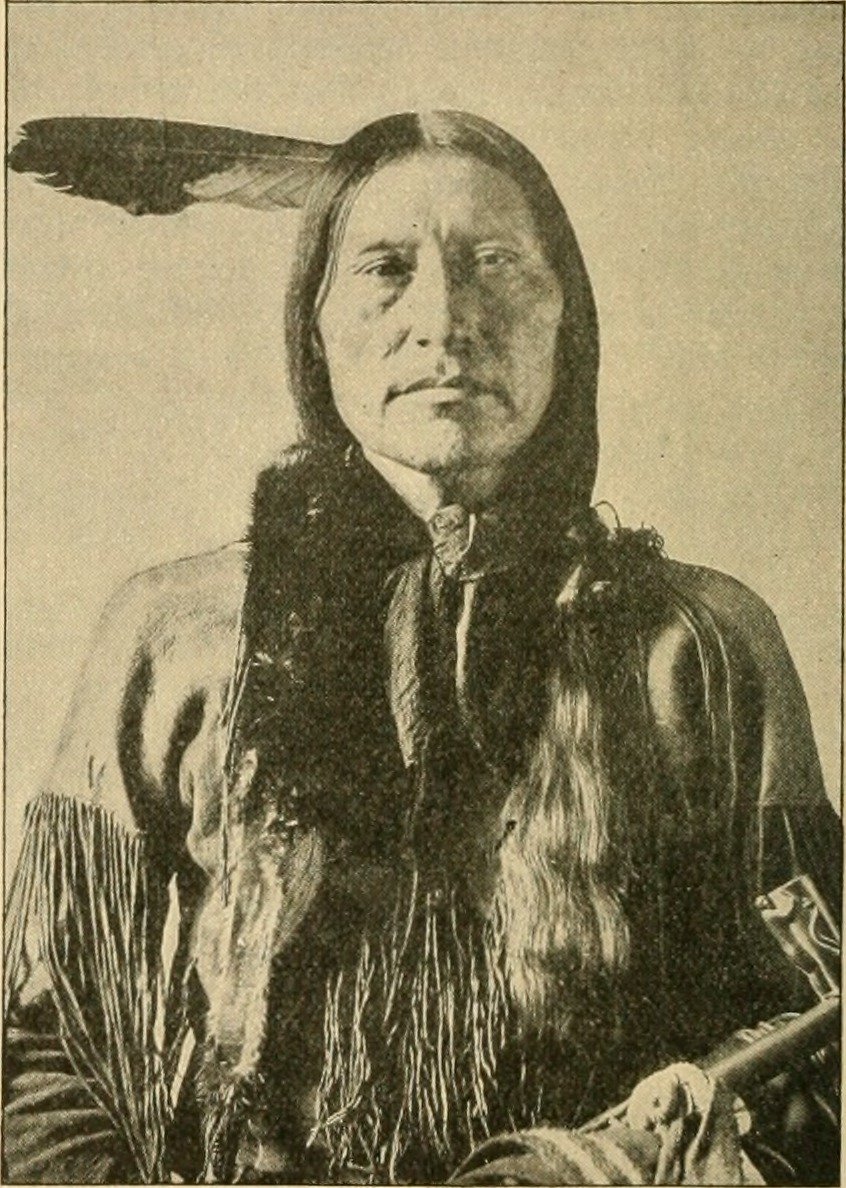
The diet of the Karankawa was as diverse as their landscape. They relied heavily on seafood—fish, shellfish, sea turtles—supplemented with deer, small mammals, wild berries, and roots. Their knowledge of edible plants and coastal resources was profound, allowing them to thrive where others struggled. However, tales of cannibalism have long overshadowed their true dietary habits. While some rituals involved the consumption of small amounts of enemy flesh—intended as spiritual acts or displays of dominance—these stories were often exaggerated by frightened outsiders. Most of what the Karankawa ate was far more mundane, centered on the bounty of the Gulf rather than gruesome myth.
Family and Social Structure
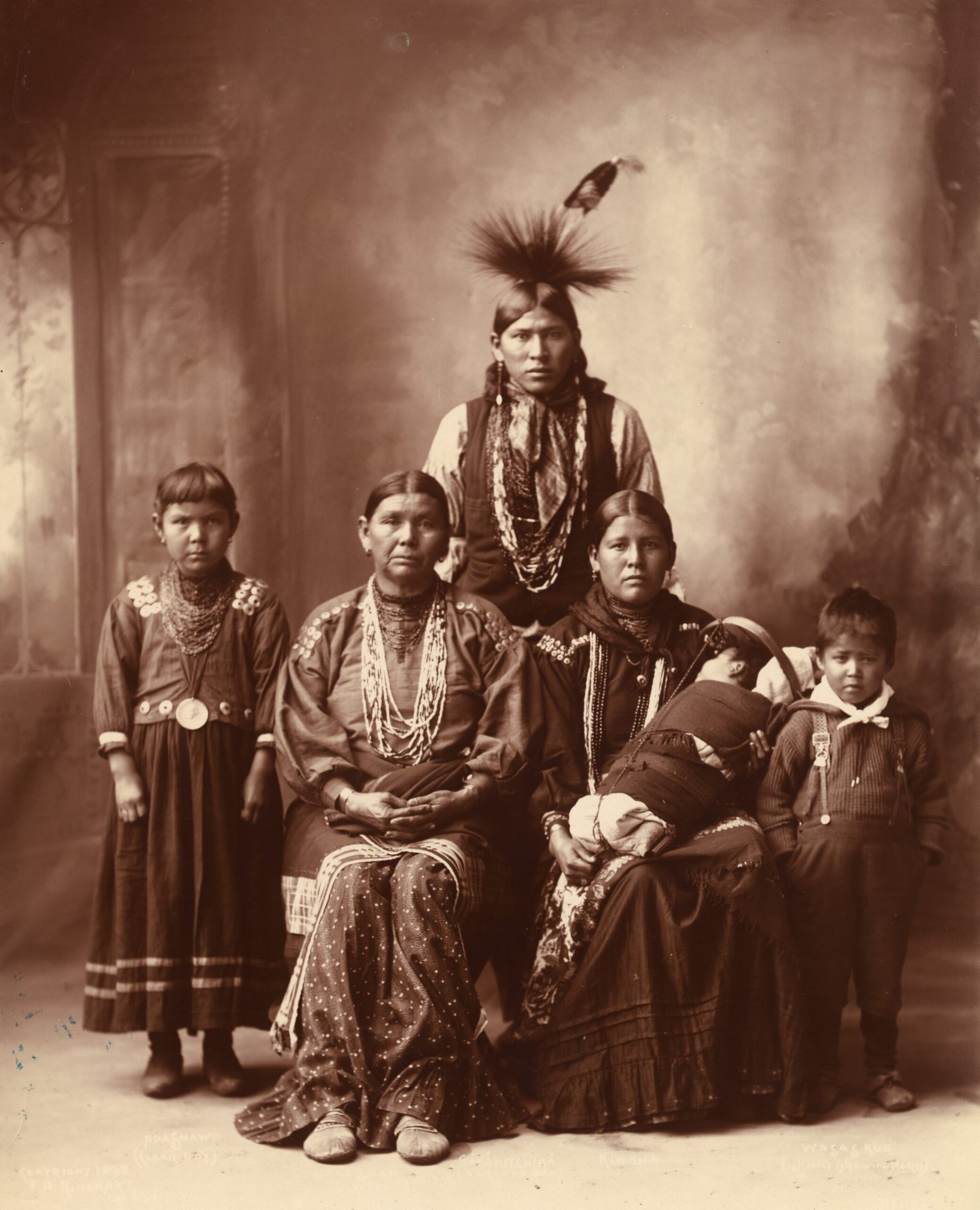
Family was the heartbeat of Karankawa society. They lived in small bands, each made up of several interrelated families, and moved together throughout the year. Leadership was often informal but respected, with elders and skilled hunters guiding decisions. Within these bands, everyone had a role—hunters, gatherers, healers, and storytellers. Children learned survival skills from a young age, running barefoot along the sand and learning to swim before they could walk. Kinship ties extended beyond immediate relatives, weaving a complex social fabric where cooperation and loyalty were prized above all else. Their society was flexible, adapting to the ever-changing demands of life on the coast.
Spirituality and Rituals
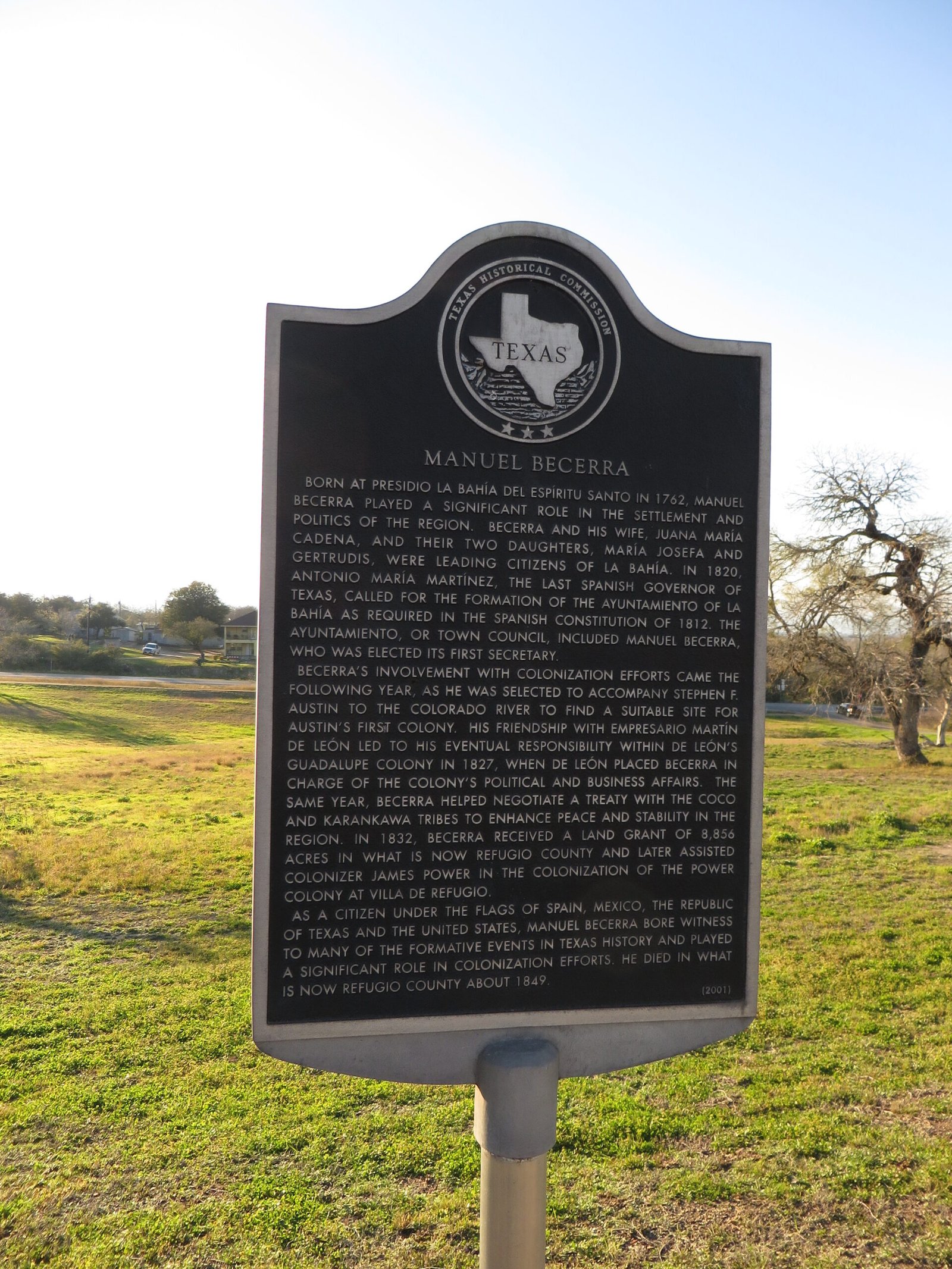
The Karankawa believed that the world was alive with spirits—every wave, storm, and animal carried meaning. Their rituals were intimate affairs, blending celebration, mourning, and the forging of community bonds. They smoked wild tobacco in sacred pipes and danced around crackling fires, calling upon ancestors and animal spirits for guidance and protection. Certain ceremonies, like the “mitote,” were filled with singing, drumming, and intense emotion, binding the group together and forging a sense of shared destiny. Spiritual beliefs guided every aspect of their lives, from hunting to healing, shaping a worldview that was deeply respectful of the land and its cycles.
The Arrival of Europeans and the Birth of Myths
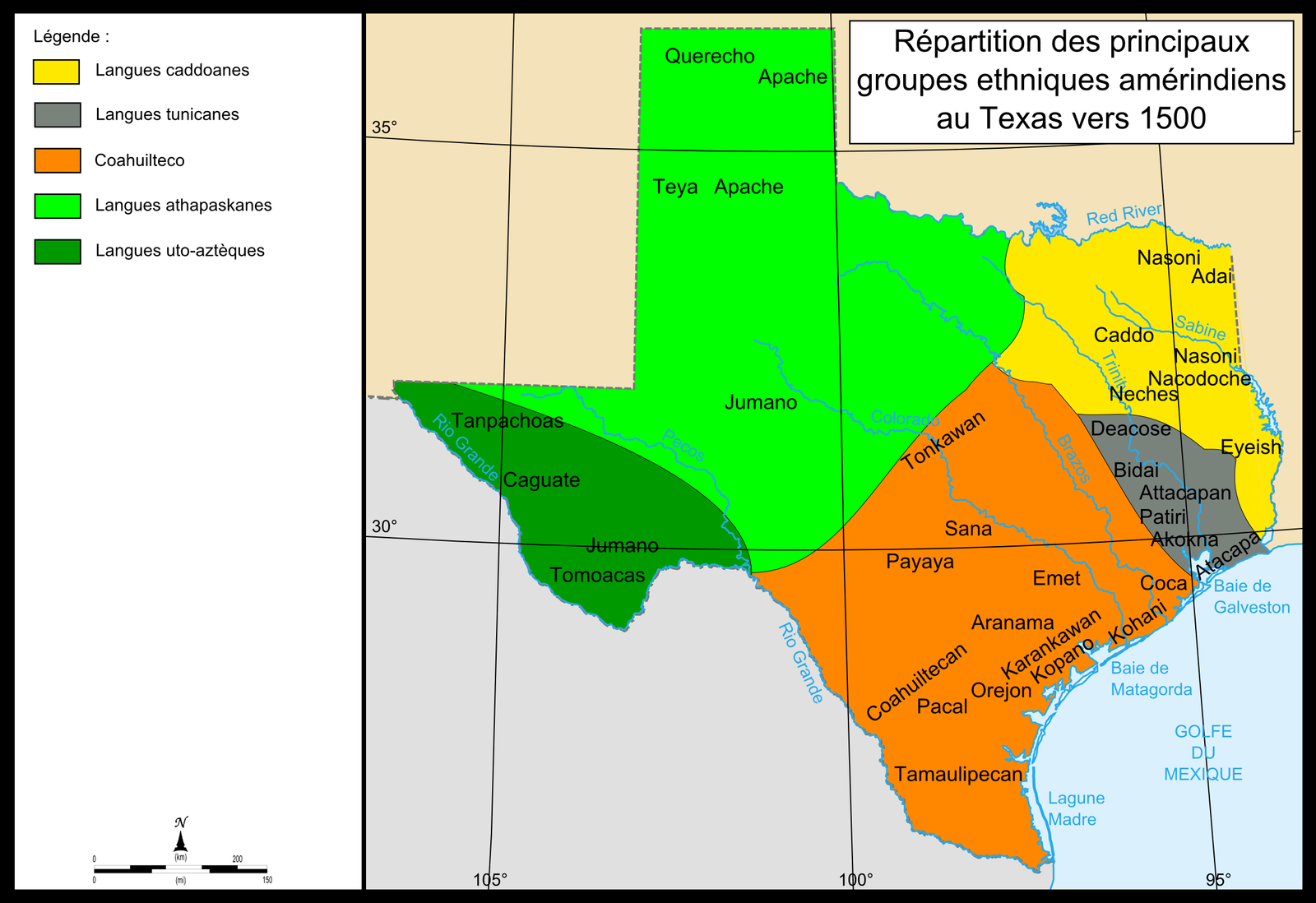
When Spanish explorers first encountered the Karankawa in the early 1500s, misunderstandings began almost immediately. Reports from shipwrecked survivors, like Álvar Núñez Cabeza de Vaca, painted the Karankawa as both saviors and savages—people capable of generosity one moment and violence the next. As European settlement intensified, competition for resources led to escalating conflict. The Europeans, baffled by Karankawa customs and alarmed by their warlike prowess, began to spin tales of cannibalism and brutality. These stories soon became legend, shaping the way the world would remember the Karankawa for centuries, often obscuring the reality of their culture.
Weapons, Warfare, and the Art of Survival
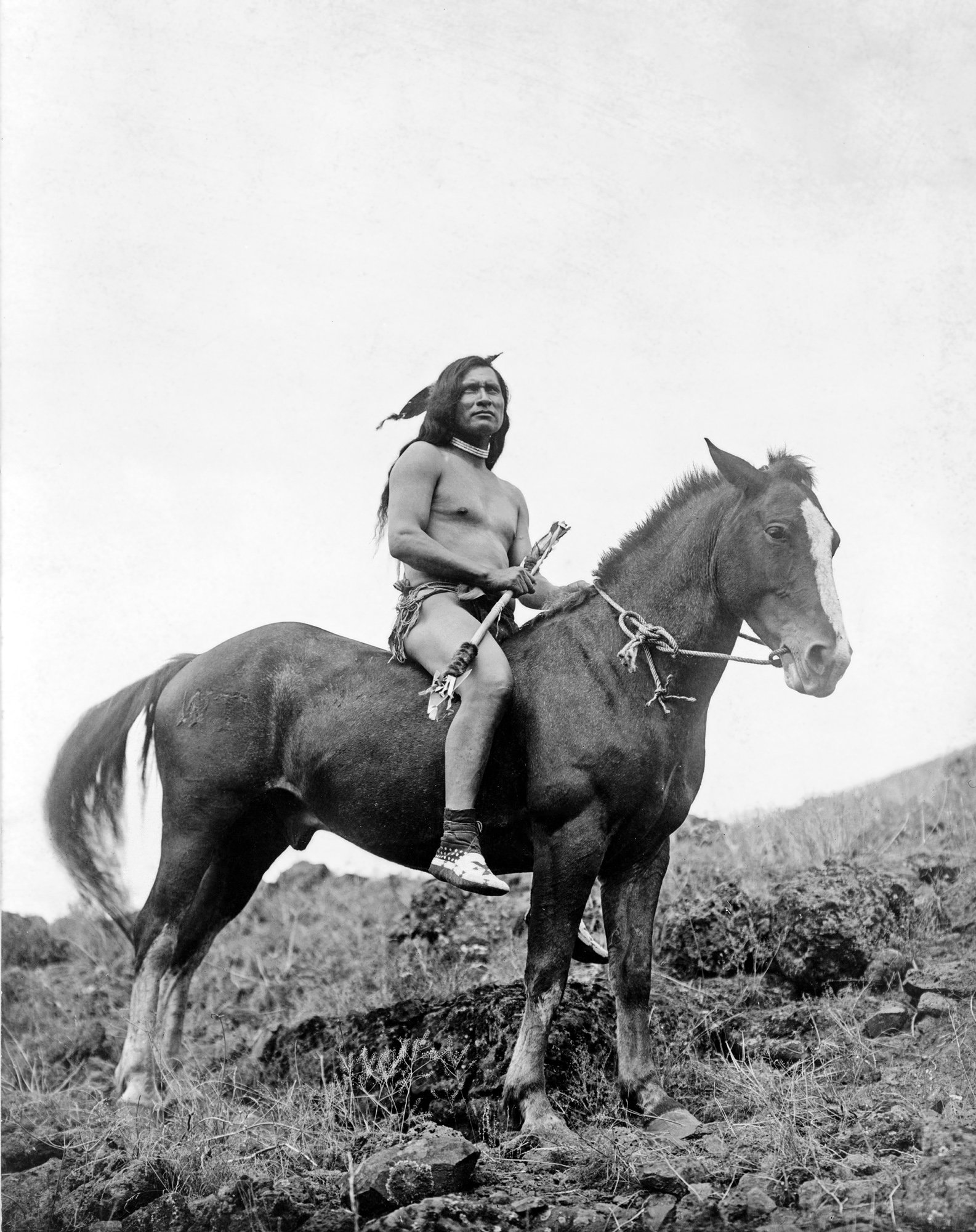
The Karankawa were renowned for their skill as warriors. Their long bows, crafted from sturdy wood and strung with animal sinew, could shoot arrows farther and with more force than most European weapons of the time. In battle, they moved with swift, silent precision, using the coastal landscape to their advantage. Warfare was not just about conquest; it was often a matter of survival—defending territory, resources, and family. Yet, violence was rarely senseless. Like many Native peoples, they saw war as a last resort, a means to protect their way of life against encroaching settlers and rival tribes. Their reputation as “cannibal warriors” was as much a product of fear as fact.
Encounters with Other Tribes
The Karankawa shared the Texas coast with other Indigenous groups, including the Tonkawa, Atakapa, and Coahuiltecan peoples. Relations ranged from trade and alliance to fierce rivalry. They exchanged goods such as shells, pottery, and animal hides, but also clashed over hunting grounds and fishing rights. These intertribal dynamics were complex and ever-shifting, shaped by the vagaries of nature and the pressures of European colonization. Despite their fierce reputation, the Karankawa were also diplomats and negotiators, skilled at navigating the delicate web of alliances that defined life along the Gulf Coast.
Disappearance and Lasting Legacy
By the late 1800s, the Karankawa had all but vanished from the Texas coast. Disease, warfare, and displacement at the hands of European settlers and other tribes took a devastating toll. Missionaries attempted to “civilize” them, often destroying their culture in the process. Some survivors were absorbed into other communities, their traditions fading but never entirely lost. Yet, the Karankawa left a lasting imprint on the region—place names, archaeological sites, and oral histories all keep their memory alive. Their story is not just one of disappearance, but of endurance and transformation, offering lessons in resilience for future generations.
Debunking the Cannibal Myth
The label of “cannibal” has dogged the Karankawa for centuries, but modern research paints a more nuanced picture. While some ritualistic acts may have occurred, these were rare and culturally specific, not everyday practice. European chroniclers, often motivated by fear or the desire to justify conquest, dramatically exaggerated such stories. Recent archaeological work has found little evidence to support claims of widespread cannibalism. Instead, the myth served to dehumanize the Karankawa, making it easier for outsiders to dismiss their culture as savage. Understanding the origins of this myth is key to reclaiming the truth of the Karankawa experience.
Modern Perspectives and Cultural Revival
Today, the story of the Karankawa is being retold by scholars, descendants, and Indigenous activists determined to honor their true legacy. Educational programs, museum exhibits, and cultural festivals shed new light on Karankawa language, crafts, and environmental wisdom. There is a growing movement to challenge old stereotypes and celebrate the resilience of Gulf Coast Native peoples. Some individuals even claim ancestry and are working to revive lost traditions, language, and skills. Their efforts remind us that the story of the Karankawa is not just a relic of the past, but a living testament to the strength of memory and the power of truth.
Reflections on the Karankawa’s Place in History
The saga of the Karankawa is a tapestry woven from fact and fiction, heroism and heartbreak. They were not monsters, but people—resourceful, proud, and profoundly connected to the world around them. The myths that followed them reflect the fears and misunderstandings of a changing world, but the real Karankawa left a legacy that endures in the spirit of the Texas coast. Their story invites us to question the legends we inherit, to seek out the humanity behind the headlines, and to remember that every culture deserves to be known for its truths, not its rumors.


